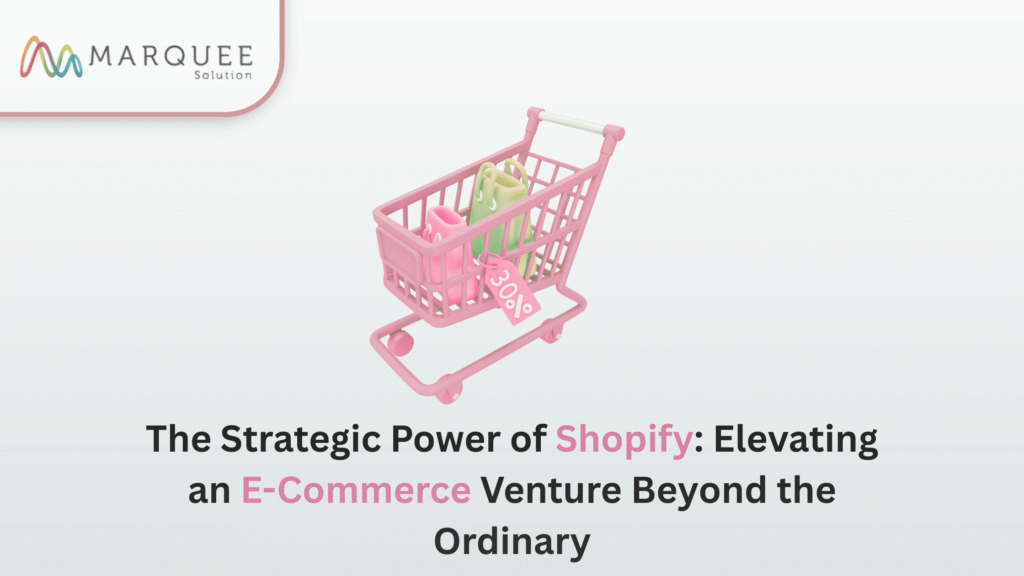Introduction
The digital tide has rewritten the script of commerce. Entrepreneurs no longer need marble floors and neon signs to manifest their vision; the internet has become the new storefront, boundless and borderless. Platforms built for e-commerce have dismantled traditional barriers, opening avenues where anyone with determination can reach a global clientele.
The e-commerce industry isn’t merely expanding; it is erupting with vitality, and the surge shows no signs of slowing. Yet, prosperity in this fiercely crowded arena demands more than just putting goods on display; it requires an online presence that is both seamless in function and magnetic in form.
Crafting such an ecosystem independently can feel like an arduous, costly, and technically intimidating process. That’s why astute business minds gravitate toward hosted solutions and professional Shopify Website Development Services. Among them, Shopify reigns preeminent, powering nearly a third of online stores in the United States. Its stature comes not by accident but from fusing elegance, reliability, and depth of features into a single, intuitive framework. Let us unravel why Shopify is more than a platform; it is a launchpad for growth.
Understanding Shopify’s Core Essence
At its heart, Shopify is a fortified digital foundation, engineered for the swift deployment of online shops without requiring arcane coding prowess. It is particularly suited to fledgling merchants who desire professional polish without technical burdens. Within minutes, one can orchestrate a storefront tailored, visually striking, and primed for commerce.
Pre-built themes, flexible customization tools, and a navigable interface empower entrepreneurs to shape their brand’s aesthetic with precision. Beyond appearances, Shopify equips storekeepers to catalogue products, embed images, refine descriptions, track inventory, and synchronize secure payment methods.
Growth becomes a rhythm rather than a struggle. Integrated marketing arsenals let merchants broadcast across social platforms, appear in marketplaces, and glean intelligence from analytics. Decisions sharpen because insights are transparent. Through expert Shopify development or complementary solutions such as a Squarespace Web Design Service, businesses can extend their digital footprint and craft a brand experience that resonates across multiple platforms.
Feature | Shopify | WooCommerce (WordPress) | BigCommerce | Wix |
Ease of Use | Simplest | Moderate | Relatively simple | Simplest |
Pricing | Subscription-based | Free (plugins cost extra) | Subscription-based | Subscription-based |
Scalability | Smooth expansion | Restricted for high-volume | Expansive scaling | Constrained for large-scale |
Design & Customization | Rich themes, adaptable | Deep customization via plugins | Broad themes, limited flexibility | User-friendly, modest options |
App Ecosystem | Expansive and evolving | Vast plugin library | Growing | Narrow |
Transaction Fees | 2%–3% depending on plan | None beyond gateway costs | Varies by plan | Varies by plan |
Security | Fully PCI-compliant | Dependent on manual upkeep | PCI-compliant | PCI-compliant |
Nine Distinct Advantages of Shopify for E-Commerce
1. Uncomplicated Accessibility
Shopify’s interface is designed for simplicity. Entrepreneurs, even without technical acumen, can effortlessly curate products, manage stock, handle orders, and craft promotions. The drag-and-drop builder allows fluid redesigns, while hosting and backend infrastructure are seamlessly handled by the platform itself.
2. Creative Flexibility
While Shopify’s gallery of themes provides immediate polish, merchants wield complete autonomy to sculpt the store’s character. Mobile-adaptive designs and branding coherence come standard, while advanced users can refine or commission custom architecture.
3. Scalability Without Friction
From a modest boutique to a booming enterprise, Shopify adapts. Subscription tiers adjust with growth, ensuring advanced tools materialize the moment they are required without the agony of migration.
4. Mobile-Centric Performance
With handheld devices now the compass of consumer behavior, Shopify’s responsive framework ensures stores display seamlessly across every screen, translating into smooth user journeys and elevated conversion potential.
5. Fortress-Level Hosting
The headaches of server upkeep, software patches, and safeguarding sensitive data are eliminated. Shopify shoulders these burdens with enterprise-grade encryption, updates, and redundancy, letting owners focus entirely on scaling commerce.
6. Payment Versatility
Multiple gateways, plus Shopify’s own integrated processor, allow shoppers to transact in the manner they trust most. This versatility fosters loyalty and drives higher checkout success rates.
7. Embedded Marketing Engines
From automated email campaigns to discount orchestration and gift vouchers, Shopify endows its merchants with promotional leverage. Integration with social media further expands reach and visibility.
8. Data-Driven Foresight
Robust reporting dashboards illuminate patterns of consumer behavior, traffic origins, and top-performing products. Such clarity transforms decision-making into a science, not a gamble.
9. Relentless Customer Support
Around-the-clock support channels live chat, phone, and email, guarantee assistance whenever crises strike. Shopify’s experts not only troubleshoot but also impart best practices for sustained success.
Additional Assets for Ambitious Merchants
- App Marketplace: Thousands of apps extend Shopify’s native arsenal, addressing loyalty programs, recovery of abandoned carts, advanced logistics, and more.
- Dropshipping Synergy: Integrations with global suppliers allow merchants to retail without inventory burdens. Orders flow directly to suppliers, who dispatch them to buyers.
- Wholesale Channels: Shopify Plus unlocks B2B commerce, letting businesses order en masse at bespoke pricing tiers.
- Application Commerce: Developers can build and monetize their own apps within Shopify’s thriving ecosystem.
- Headless Commerce: The platform can serve as a powerful backend, while front-end experiences are crafted independently, giving brands maximum design sovereignty.
Final Reflection
The terrain of online retail is vast, but success belongs to those who choose tools that amplify vision rather than constrain it. Shopify’s constellation of features, scalability, and security positions it as more than just another option; it is an indispensable ally.
Though alternatives exist, the measure of a platform is how seamlessly it propels you toward your aspirations. With Shopify, the path is not merely paved; it is illuminated. And for businesses seeking even broader technical versatility, integrating solutions built with .NET Core can further extend functionality, ensuring a powerful and future-ready digital ecosystem.



